Empowering strategies for anyone who works with children and teens on the spectrum.
International best-selling writer and autist Temple Grandin joins psychologist Debra Moore in presenting nine strengths-based mindsets necessary to successfully work with young people on the autism spectrum. Examples and stories bring the approaches to life, and detailed suggestions and checklists help readers put them to practical use.
Temple Grandin shares her own personal experiences and anecdotes from parents and professionals who have sought her advice, while Debra Moore draws on more than three decades of work as a psychologist with kids on the spectrum and those who love and care for them. So many people support the lives of these kids, and this book is for all of them: teachers; special education staff; mental health clinicians; physical, occupational, and speech therapists; parents; and anyone interacting with autistic children or teens.
Readers will come away with new, empowering mindsets they can apply to develop the full potential of every child.

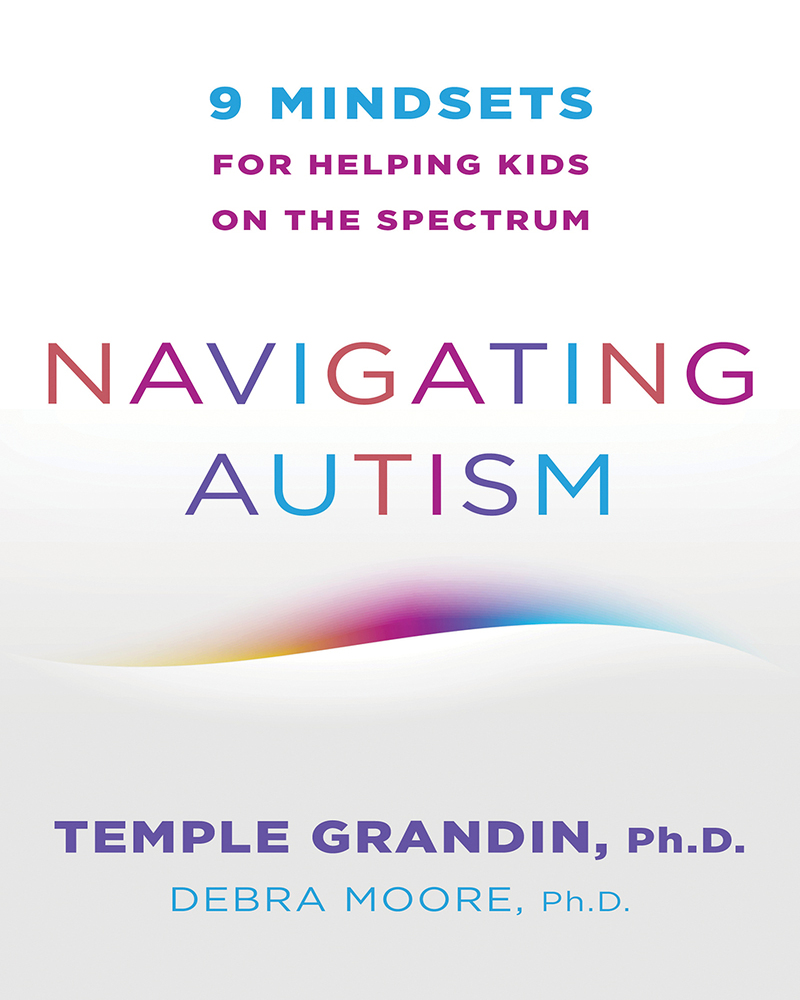
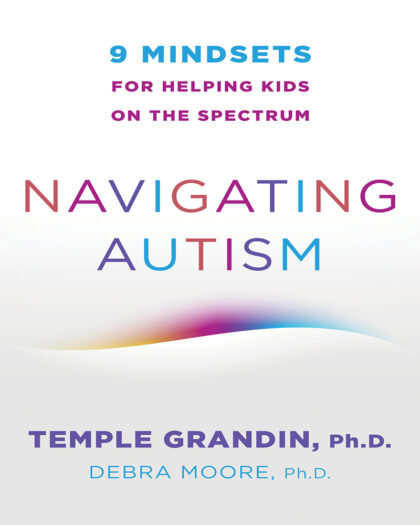
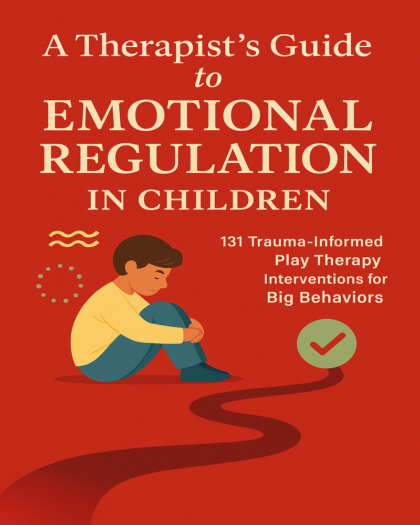
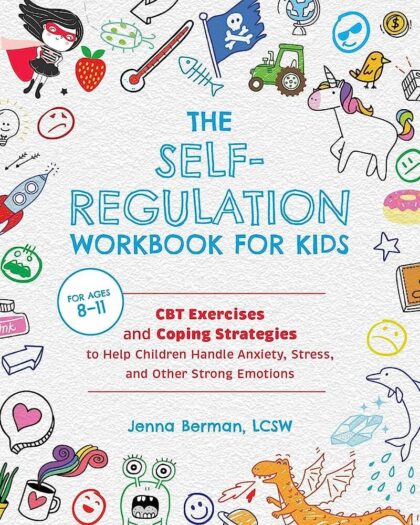
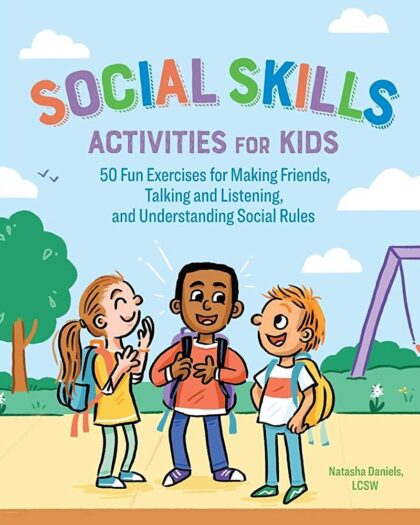



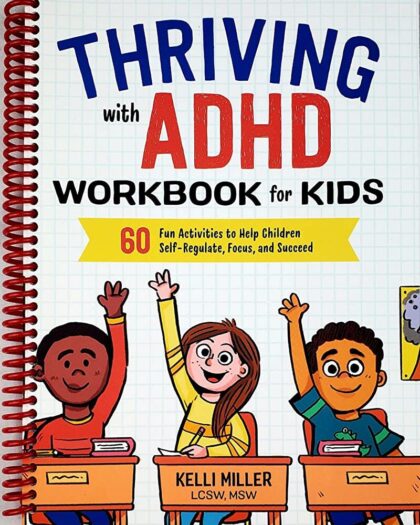
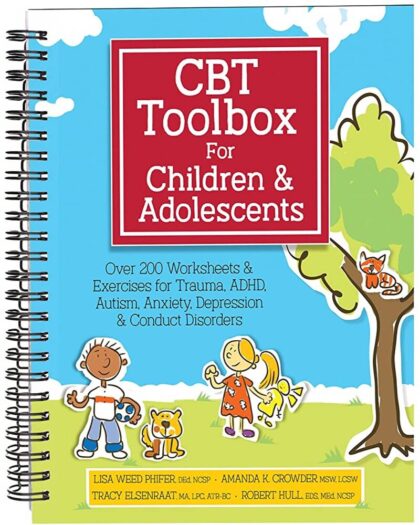
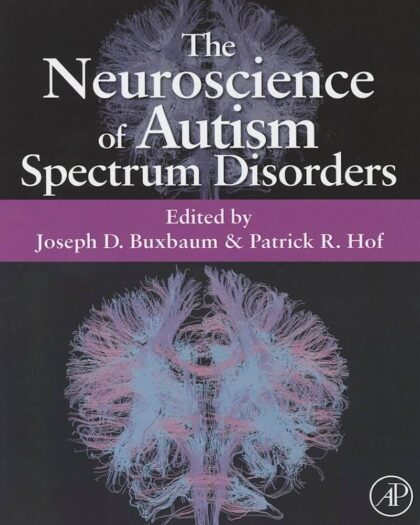

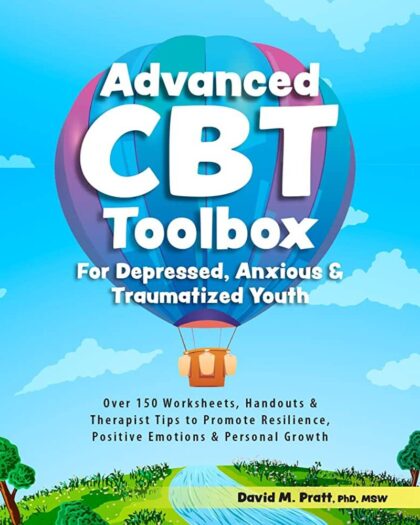


The book takes the approach that there are nine mindsets parents and professionals should incorporate as they help young people on the spectrum grow and develop. As the authors note, they “strongly believe that if the adults interacting with autistic children stay grounded in the mindsets presented in this book, each child has a much improved chance of reaching their fullest potential than otherwise” (xiii) and, using “these nine mindsets will help you see more progress and bring out each child’s unique and maximum potential” (4).
The nine chapters break down each mindset with advantageous research and guidance. One will quickly pick up that in each chapter there are valuable directions for both mothers and fathers as well as counselors and clinicians. Grandin and Moore are taking a bigger approach to this subject because they see the need for a whole-team tactic to maximize the growth of a non-neurotypical child. Nevertheless, some chapters lean more heavily toward the parents, and other chapters lean more heavily toward the professionals. But it all works together for the best! Moms and dads need to know what the evaluators and therapists are up to, and the professionals need to be alert to what the parents are being steered toward.
For example, the second and third chapters address evaluators and counselors as they test and plan out interventions. The authors present important details, with several examples, so that professionals have a bigger picture in mind as they assess the child. And yet, the fourth and fifth chapters inform the parents of the medical conditions that often attend to autism, such as gastrointestinal issues, and sleep problems. But also, the mental health issues that can appear with those on the spectrum, such as increased rates of depression and suicidal ideations. I mentioned how this book related that the increased incidences of depression and suicidal thoughts came along with autism to a parent whose child is on the spectrum. She breathed a sigh of relief and said, “That is so helpful! I feel like our experiences are not so abnormal. I feel acknowledged.” This is an important book!
One of the initial concepts in “Navigating Autism” that I find deeply significant is that every child is more than their autism. As the authors warn, once the autism label is used by professionals and parents, “they will apply that image. This happens a lot to people with autism. Once we label someone, we also risk creating an oversimplified snapshot of that person. Once a person gets labeled, people’s opinion of that person may never change…you should always look beyond labels and see all of their strengths and features” (1-2). This is true, not just of autism, but for many other label-laden issues.
“Navigating Autism” is the kind of book that will give dads and moms a shot in the arm as they long to aid their autistic child’s development and growth. It will be useful in professional practices to help counselors and psychiatrists as they approach the child and include the family in that child’s wellbeing. This is a must-have and must-give-away book! I highly recommend it.
My glad thanks to the authors who reached out to me and asked if I’d be interested in reading and reviewing the book. They happily sent me a copy, and I used it for this evaluation. There were no hostages taken in the process, no demands or diktats given to me, and no animals were hurt in writing of this analysis. These sentiments are freely made and freely given.